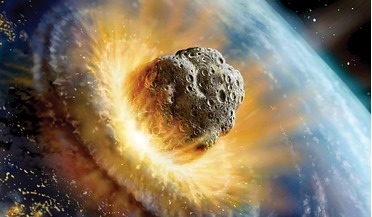 February 2016
Defending Earth against cosmic hazards
February 2016
Defending Earth against cosmic hazards
... of rocks, metallic bullets and solar storms Solar flares are generated by magnetic reconnections in the Sun that lead to the release of radiation with the power of a thousand atomic bombs, sending high powered x-rays and gamma rays streaming out...
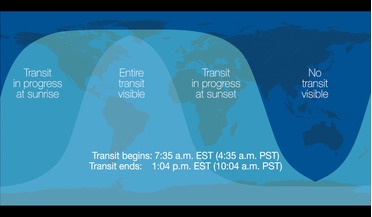 11 November 2019
Rare transit of Mercury happening soon!
11 November 2019
Rare transit of Mercury happening soon!
... most of Earth’s globe. A Mercury transit of the Sun as seen from Earth occurs when the Sun, Mercury, and Earth line up so that Mercury appears in front of the Sun as a small black disk moving across the Sun for several hours. Mercury's orbital plane...
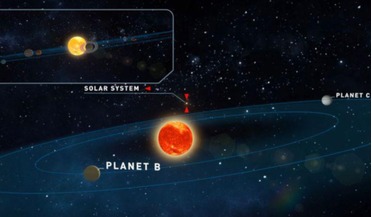 19 June 2019
Two new Earth-like planets found around nearby star
19 June 2019
Two new Earth-like planets found around nearby star
... (Teegardians?) would be able to see planets in our Solar System pass in front of the Sun using the Transit method; a method that detects the minute dimming of a star as a planet passes in front of it and a technique commonly used by us Earthlings...
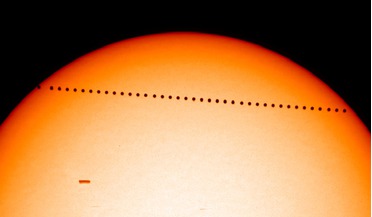 May 2016
Rare Mercury transit complete
May 2016
Rare Mercury transit complete
... system, seen as a tiny black dot, inch its way over the surface of the Sun. According to the Royal Astronomical Society (RAS) in the UK, most of Western Europe, the western parts of North and West Africa, eastern North America, and most of South...
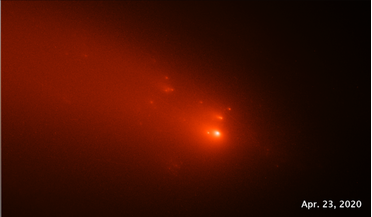 20 August 2021
"Weird" comet ATLAS may be a remnant of an ancient visitor
20 August 2021
"Weird" comet ATLAS may be a remnant of an ancient visitor
... much farther than the distance where its parent passed the Sun. "This emphasises its strangeness," Ye says. "If it broke up this far from the Sun, how did it survive the last passage around the Sun 5,000 years ago? This is the big question," Ye adds...
 10 May 2016
When sunspots are minimal, the solar magnetic field is at a maximum, say researchers
10 May 2016
When sunspots are minimal, the solar magnetic field is at a maximum, say researchers
... astrophysics and data-analysis at the Department of Computer Science. The convection zone extends from a depth of 200,000 km up to the visible surface of the Sun (the photosphere) and due to the turbulent state of the fluid (called plasma) is often...